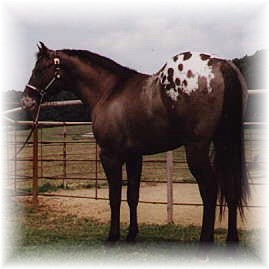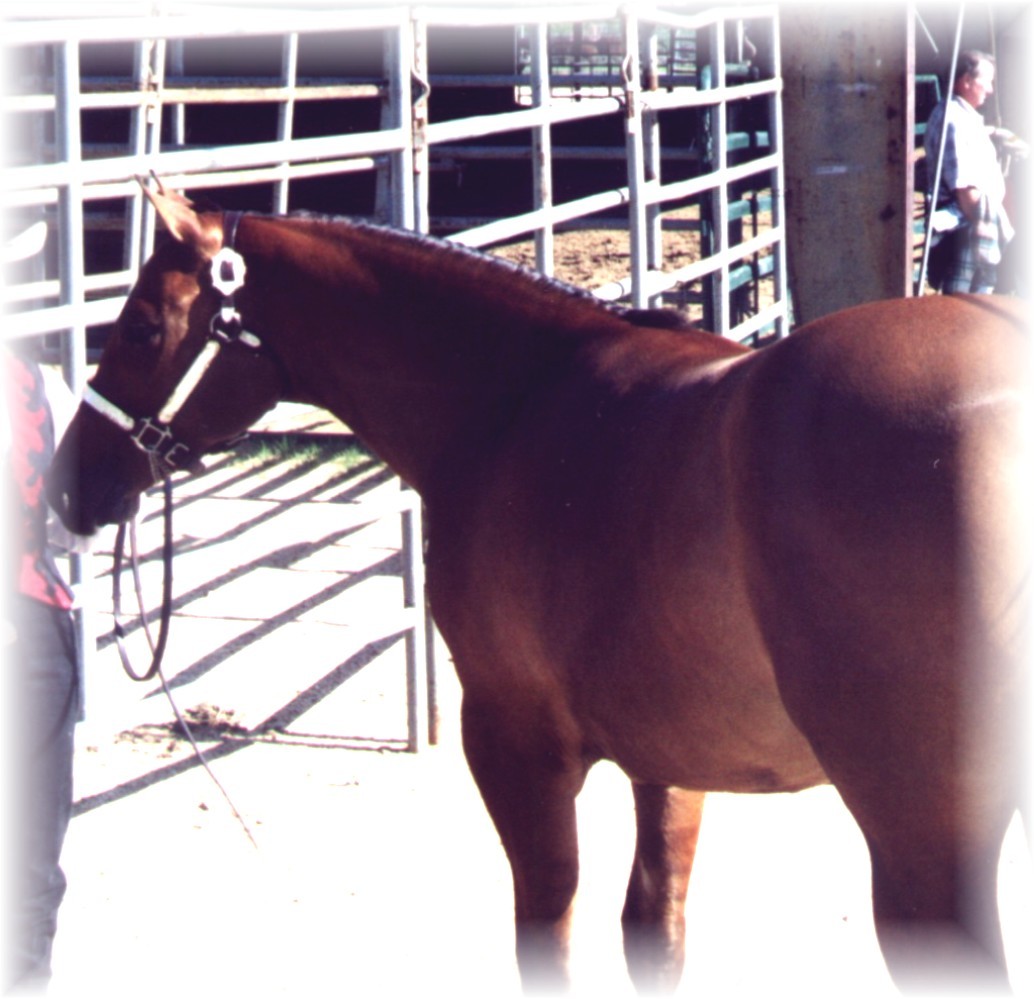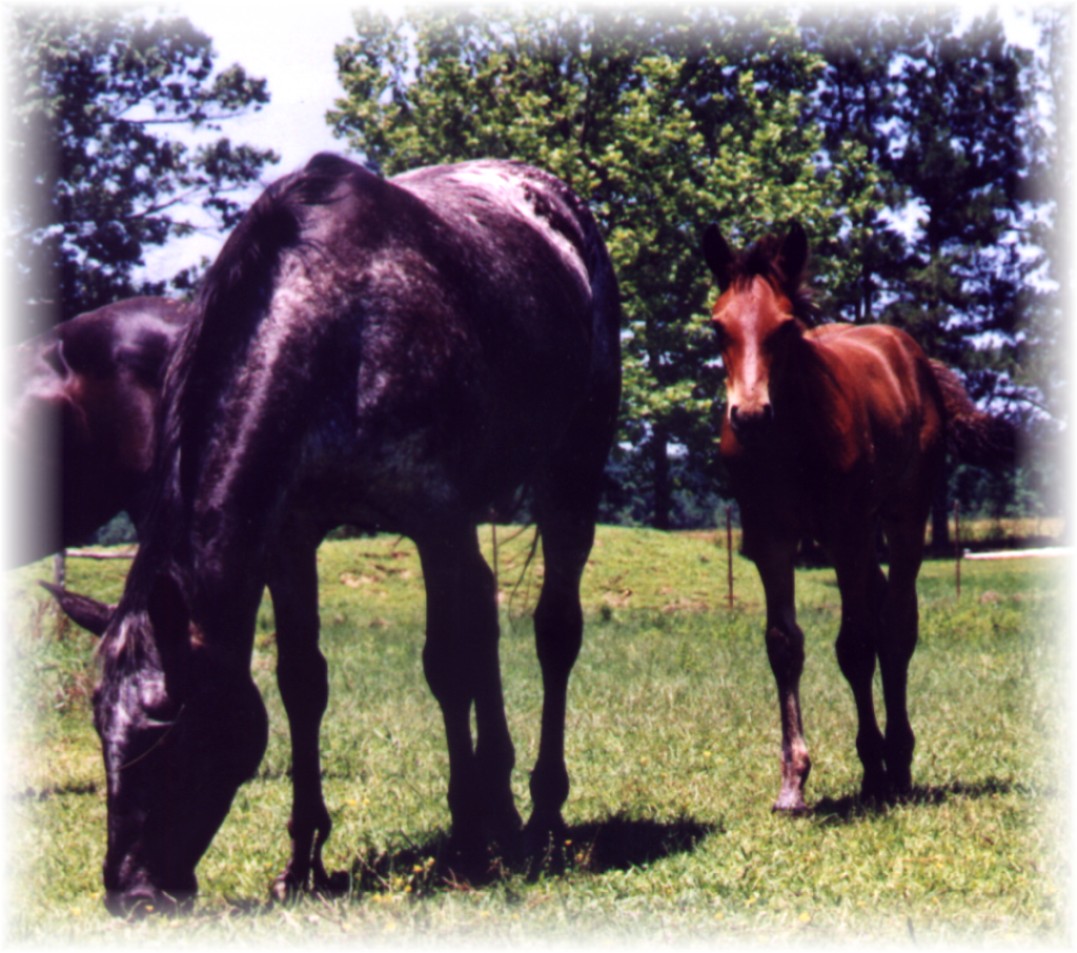he Appaloosa's colorful ancestry starts 20,000 years ago with drawings of spotted horses on cave walls in France. The spotted horse is also found in detailed Chinese paintings dating to the 17th century. These drawings clearly depict some of the same coat patterns that are found on our modern Appaloosas today. How the spotted horse came to North America is vague, but it is believed that the Spanish introduced them during the exploration into the American continents.
However, on Feb.15, 1806, the spotted horse appears in history again when the American explorer, Meriweather Lewis makes an entry in his journal describing the herd belonging to the Nez Perce Indians. He writes, "Their horses appear to be of an excellent race; they are lofty, eligantly (sic) formed, active and durable... Some of the horses are pided with large spots of white irregularly scattered and intermixed with black, brown, bey (sic) or some other dark color..." The Nez Perce Indians of the Washington, Oregon and Idaho region deserve much of the credit for our Appaloosa of today. This tribe prevailed as horsemen practicing selective breeding. They bred only the strongest, fastest and most intelligent stallions; castrating the less desirable which were then used to trade with the surrounding tribes and settlers. The spotted herd thrived in the lush valleys of the Northwest Palouse region. It was the settlers that named the spotted horse, calling them "Palouse horses" or "a Palouse horse"; eventually slurred into "Appalousey" and finally, "Appaloosa".
With the number of settlers increasing in the Northwest area, the Nez Perce Indians, their horses and their way of life would be compromised. Treaties were imposed on the tribesmen which led to war. The Nez Perce and their Appaloosas eluded the U.S. Cavalry for several months over 1,300 miles of tretourious terrain. Eventually, the tribe's leader, Chief Joeseph surrendered in Montana. The Nez Perce were ordered to relinquish their horses to the Army. Many of the surviving horses where then dispersed to settlers or left behind. The settlers began outcrossing the spotted horses with their heavy work horses destroying the qualities that the Nez Perce so carefully bred for. Soon the characteristics of the Appaloosa began to fade.
It wasn't until 1938, that Claude Thompson, a wheat farmer in Oregon, gathered a group of dedicated horsemen to save the breed. They formed the Appaloosa Horse Club and officially gave the spotted horse it's name--Appaloosa. The club began small with only a shoe box full of records, but soon started to flourish after World War II. Today the club has become a major international registry. And by the year 2000 the ApHC will have registered over 600,000 of these horses that have survived such a colorful history.






